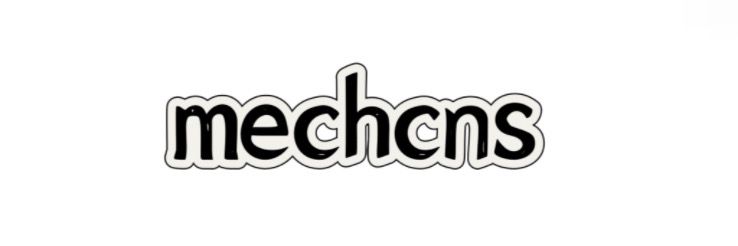Rotary Drying Machine vs. Traditional Dryers: Which is Better?
Feb. 25, 2025
The choice between a rotary drying machine and traditional dryers can significantly affect the efficiency of drying processes in various industries. In this article, we will explore the key differences, advantages, and disadvantages of each method.
The company is the world’s best rotary drying machine supplier. We are your one-stop shop for all needs. Our staff are highly-specialized and will help you find the product you need.
1. What is a Rotary Drying Machine?
A rotary drying machine is an industrial device designed to remove moisture from materials. It operates by rotating a drum that contains the item being dried while hot air circulates through the drum. This efficient and continuous process makes it suitable for bulk quantities of materials.
2. What are the Main Types of Traditional Dryers?
Traditional dryers often come in several forms, including:
- Convection dryers: Use hot air to transfer heat to the materials.
- Microwave dryers: Utilize microwave radiation to heat and dry materials.
- Vacuum dryers: Remove moisture at lower temperatures by reducing air pressure.
3. How Does the Efficiency Compare?
When it comes to drying efficiency, rotary drying machines often outperform traditional dryers due to several factors:
Further reading:Trailer type Water Well Rigs Chinese
- Continuous Operation: Rotary dryers allow for continuous feeding of material, leading to higher production rates.
- Uniform Drying: The rotating drum ensures that materials are evenly exposed to hot air, minimizing the risk of over-drying some parts while under-drying others.
- Energy Efficiency: Rotary dryers can be designed to recover heat, making them more energy-efficient over time.
4. What are the Advantages of a Rotary Drying Machine?
The rotary drying machine has several advantages over traditional dryers:
- Versatility: Effective for various materials, including ores, grains, and manure.
- Large Capacity: Capable of handling large volumes of material at once.
- Reduced Labor Costs: Automated processes require less manpower than traditional methods.
- Lower Operating Costs: Generally lower energy and maintenance costs in the long run.
5. What are the Disadvantages of a Rotary Drying Machine?
While there are many benefits, there are also some drawbacks:
- Initial Investment: The upfront cost of a rotary drying machine can be high compared to traditional dryers.
- Space Requirements: They may require more space for installation.
- Maintenance Needs: Regular maintenance is essential to ensure optimal performance and longevity.
6. When Should You Choose Traditional Dryers Instead?
Traditional dryers may be a better choice in specific situations, such as:
- Small Scale Operations: For smaller production needs, traditional dryers could be more economical.
- Specialized Material Requirements: Certain materials may not respond well to the rotary method.
- Budget Constraints: If budget limitations prevent the acquisition of a rotary drying machine, a traditional dryer can still efficiently meet basic drying needs.
7. Conclusion: Which is Better?
Choosing between a rotary drying machine and traditional dryers depends on your specific needs. If you're handling large volumes of material and require efficiency and uniformity, a rotary drying machine is likely the better option. However, if you have a smaller operation or unique drying requirements, traditional dryers may suit you best.
Want more information on iron ore beneficiation plant? Feel free to contact us.
27
0
0
All Comments (0)
Previous: Trailer type Water Well Rigs Chinese
Next: Lightweight Drilling Rig For Mineral Exploration: Trends 2025
If you are interested in sending in a Guest Blogger Submission,welcome to write for us!


Comments